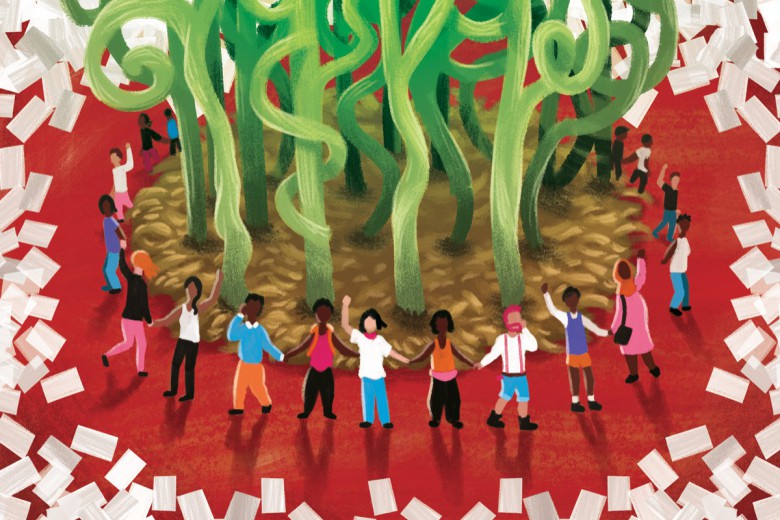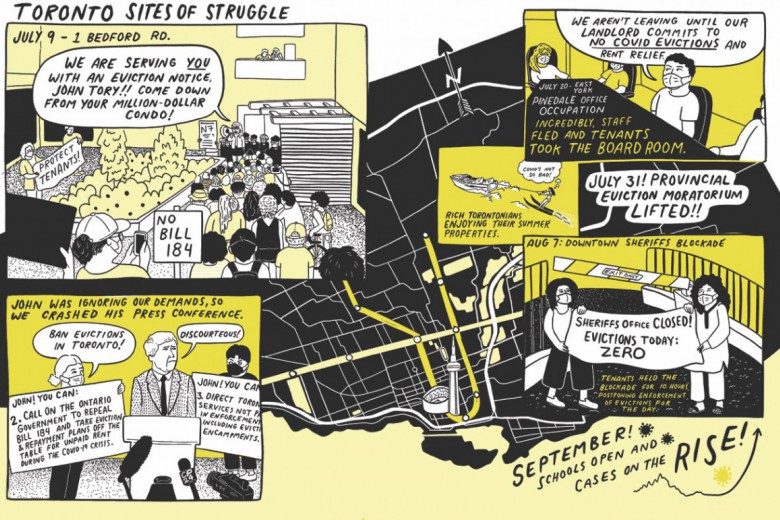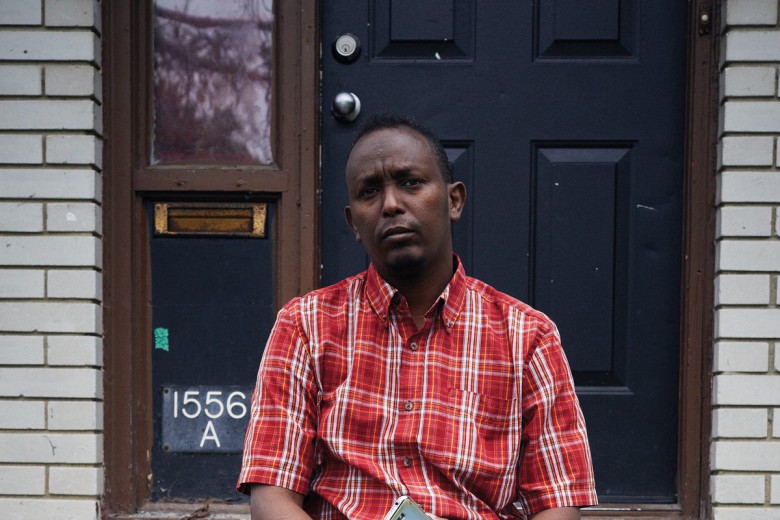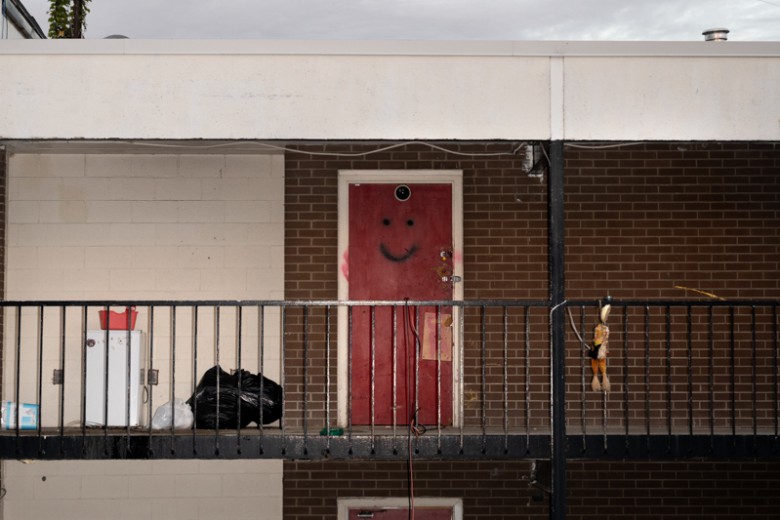Poor Housing: A Silent Crisis
Edited by Josh Brandon and Jim Silver
Fernwood and CCPA-Manitoba, 2015
As Canadians wait to see if Justin Trudeau will deliver on the bazillion promises he made during his 2015 campaign, contributors to the Canadian Centre for Policy Alternatives’ latest volume (co-published with Fernwood) will have something to say if his housing policy falls short. That is, if they have anything left to say after producing this book, which is an extensively researched and comprehensive overview of the state of low-income housing.
Poor Housing focuses on the housing crisis in Winnipeg, where the problem is particularly acute. Winnipeg has the largest urban Indigenous population in Canada, as well as a large annual influx of refugees; both groups have been significantly affected by the crisis. Housing price increases have also been proportionally greater in Winnipeg over the past 10 years than in any other Canadian city, driving up the cost of rent.
The problems are manifold, but foremost is the fact that there is simply not enough social housing for those who need it. Currently, 80 per cent of housing development in Winnipeg is for-profit (that stat rises to 95 per cent for development across Canada), and new social housing stock has been on the decline. While recounting the city of Winnipeg’s long history (100 years) of refusal to invest in housing infrastructure, Jim Silver highlights the inability of government at all levels to value any housing that is not for the private market.
In another chapter, Sarah Cooper documents how, since 1993, there has been no new funding allocated to social housing, so the federal subsidies ($2 billion over the next 20 years) agreed to under operating agreements formed with housing providers were left to expire. Responsibility was off-loaded to provincial governments in 1996. Picking up the slack, Manitoba’s NDP government now funds 80 per cent of the province’s social housing.
The shortage of low-income housing units in Manitoba has negative effects on tenants. Overcrowding leads to poor physical and mental health, as does the low quality of housing in general (aggravating issues include bed bugs and dilapidated buildings). Josh Brandon and Evelyn Peters explain how Indigenous residents seeking housing in the city face the compounding obstacles of low employment and income assistance rates, a poverty rate nearly double that of the general population, and discrimination from landlords. As for refugees, Ray Silvius and others document how a major gap between shelter allowances and housing costs causes many to share living spaces with other families.
The situation is indeed dire. But in the face of federal fiscal abandonment, community-based housing providers in Winnipeg are doing the best they can to help the low-income tenants in their communities.
The final section of the book, “Social Housing that Works,” highlights several housing initiatives in Winnipeg. It’s also the section that is the most compelling, because it clarifies one concern that readers may have with the first three chapters: the book delivers many definitive statements about Winnipeg, but why would it only tackle that one city? Wouldn’t focusing on urban areas across Canada give more weight to a call for renewed housing support from the federal government?
But the book’s approach becomes clear in the end: Winnipeg’s social housing is not just indicative of what is wrong with housing across Canada, but also a model for what is going right. There is outstanding housing advocacy work going on at the community level, and goodwill and investment on the part of the provincial government.
This is most evident in the chapter about Lord Selkirk Park (LSP), a public-housing complex built in 1967 and never bulldozed like other older complexes. Written by Jim Silver, Janice Goodman, Cheyenne Henry, and Carolyn Young, who were all involved in the project, it chronicles the transformation of the complex from a place where tenants did not feel safe to a place where their needs were met. From 2005 to 2012, with the help of the North End Community Renewal Corporation, LSP created a resource centre, an adult learning school, and a child care centre, all things the tenants themselves said they needed. It also received substantial support from the provincial government, which renovated all of LSP’s units using local labour.
The integrity of the researchers and the voices of tenants come through most clearly in the last section of the book, as well. Those writing about Aboriginal housing co-ops offered tobacco and a gift to an Elder while conducting research, and they spoke with many members to assess the success of their co-ops. In their work at LSP, authors worked one-on-one with tenants to assess needs and went from there: “This style of community development works to translate the communities’ expressed needs into action via demands made to governments, and this can bring about transformative change,” they write.
With a solid cost-benefit analysis by Musah Khalid that shows investments in social housing completely in the black, the message is clear: social housing makes ethical and financial sense. Lack of political will is the only thing standing in the way.







